History
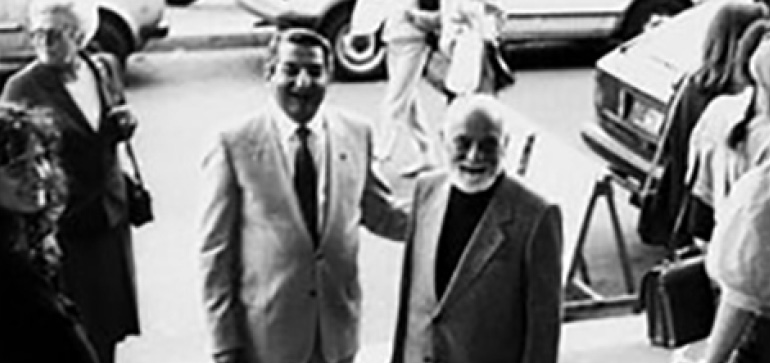
NABA is a private academy founded in Milan in 1980 by Ausonio Zappa, with the involvement of Guido Ballo and Tito Varisco, with the aim of leaving rigid academic traditions behind and introducing new visions and languages based on contemporary artistic and professional practice. In 1981, NABA was accredited by the Italian Ministry of University and Research (MUR).
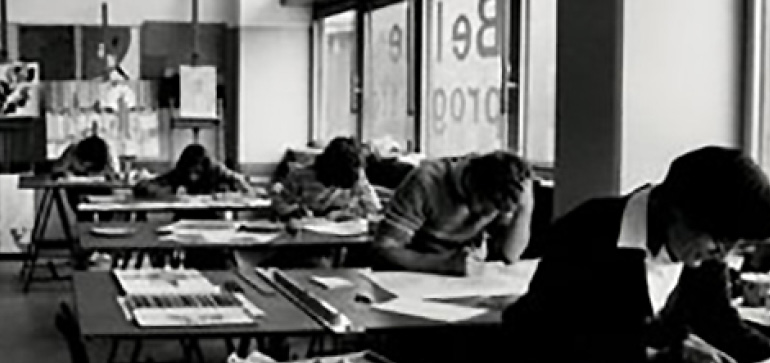
During the 1980s, the school grew into its status as a leading arts academy, attracting to its faculty a core group of internationally renowned artists, including Kengiro Azuma, Emilio Isgrò, Carlo Mo, Emilio Tadini, Lucio Del Pezzo, Franco Grignani, Mario Carrieri, Umberto Mariani, Roberto Menghi, Aldo Montù, Walter Valentini, Gino Negri, and Hidetoshi Nagasawa. Another famous name to join the faculty was kinetic artist Gianni Colombo, who served as NABA’s director from 1985 to 1993. Colombo was profoundly influential in shaping NABA’s educational philosophy promoting overcoming the boundaries between disciplines to let art stray in design and architecture. In 1984 the courses in Advertising and Graphic Design are added to the ones in Painting, Sculpture and Set Design, and then, in 1988 the course in Fashion Design too.
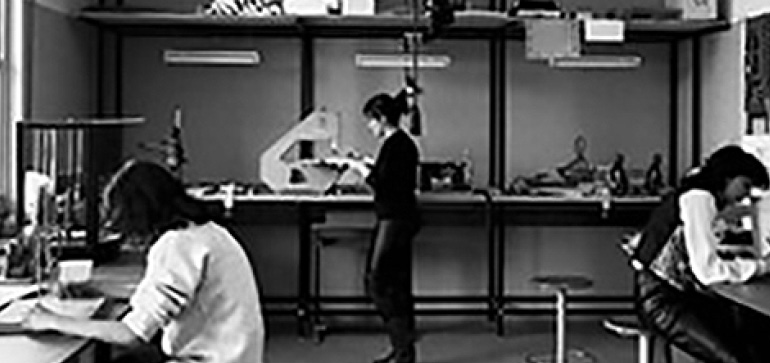
In the nineties, NABA began to expand its international reach joining ELIA (European League of Institutes of the Arts) and launching degree programmes in English to attract more international students. At the same time, the Academy is strongly linked to its territory and in 1995 it received a Certificate of Civic Merit from the Mayor of Milan, who awarded NABA this prestigious award with the accolade: “NABA has grown in prestige and fame and has become the Italian reference point for fine arts academies in Europe and internationally.” Meanwhile, the educational offer is enriched by the new programmes in Design.
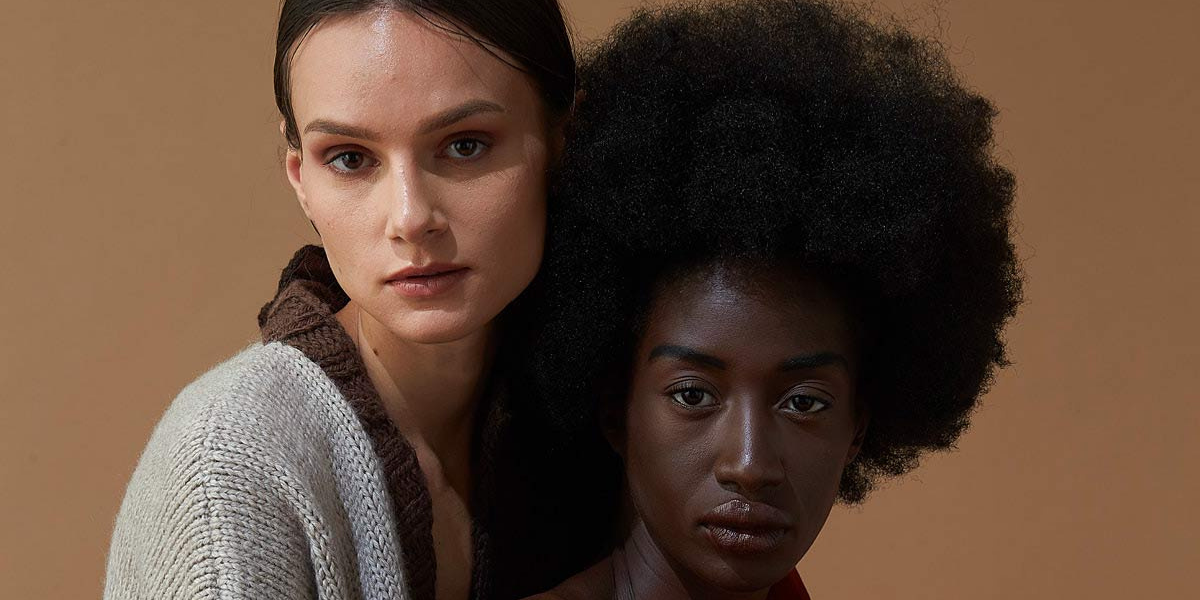
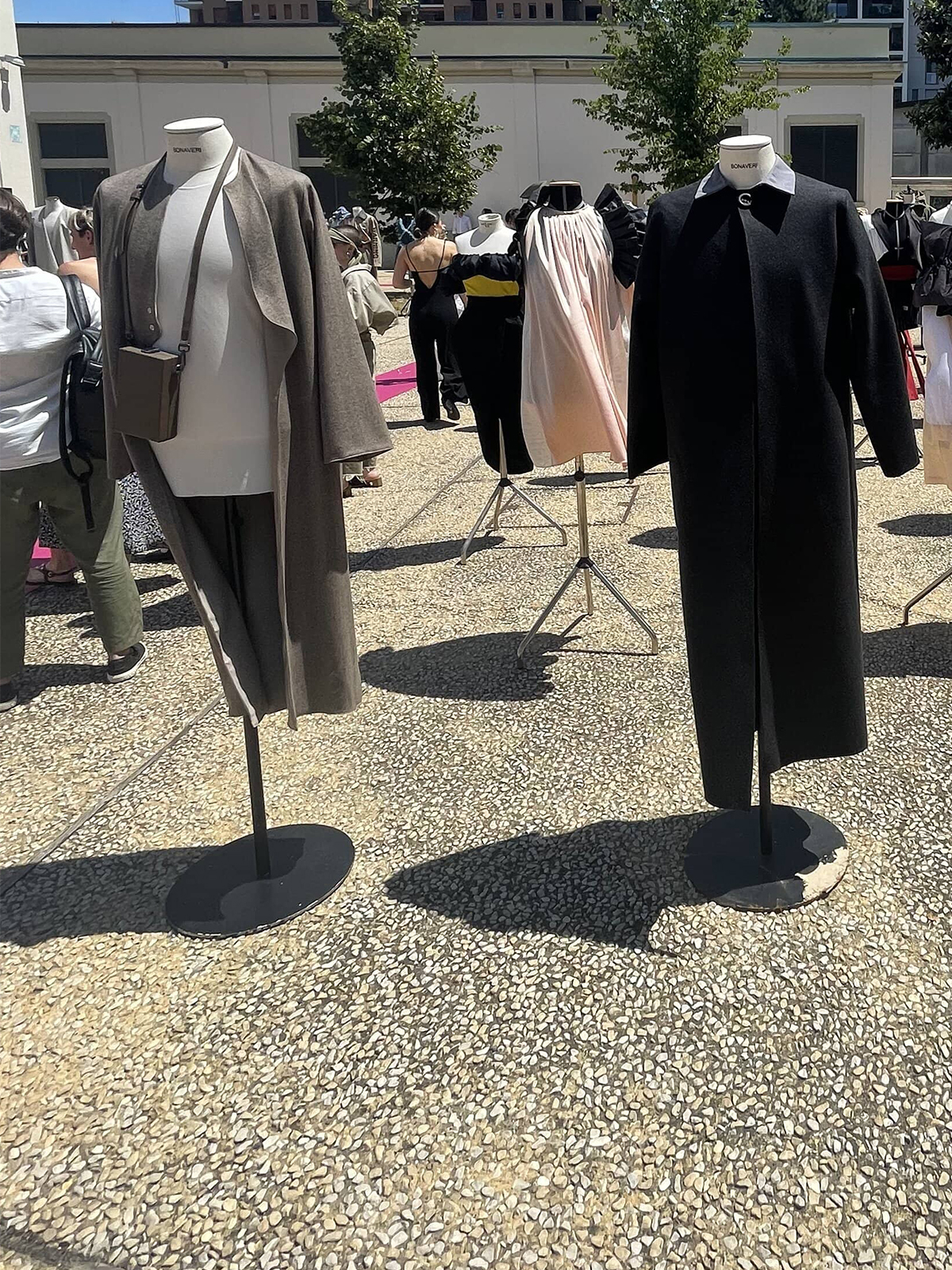
Our catalogue of educational programmes continues to expand, adding further specialist educational paths, including Academic Masters and Master of Arts degrees, in addition to international courses for foreign students.
In the meantime, we continue to collaborate with international institutes and schools and with numerous companies, enabling students to gain multidisciplinary experience and providing them with the means to enter the professional creative world.
A member of the Laureate International Education network between 2009 and 2017, in 2018, NABA became part of the Galileo Global Education group, one of the main international players in private higher education, offering courses that ranges from applied arts, to fashion, design, digital and web, to economics and medicine.
NABA’s path of growth continued over 2019 with the opening of the new campus in Rome, which offers an extensive range of courses, including the Bachelor of Arts degree in Graphic Design and Art Direction, Fashion Design, Media Design and Multimedia Arts, Painting and Visual Arts.
To meet the new requirements of modern society, as from the 2020-2021 academic year, the courses offered by the Academy will include new Master of Arts degrees in the areas of Design, Fashion Design and Media and New Technologies.